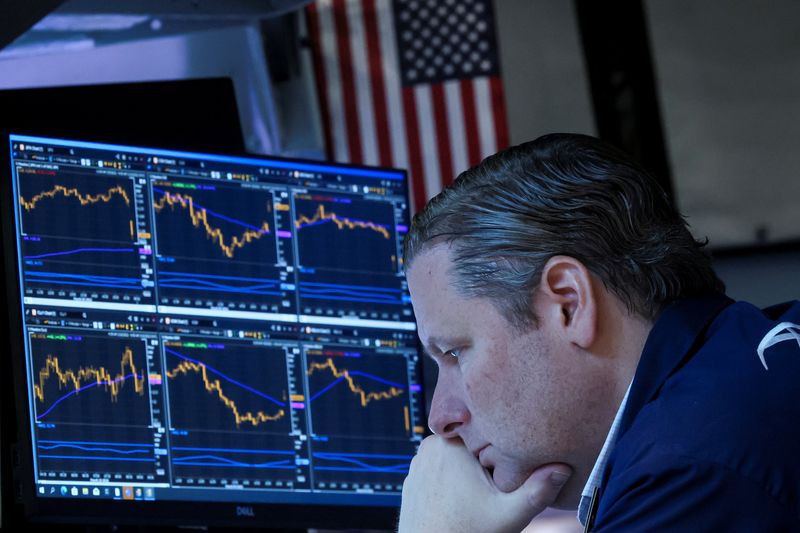Two 59%+ winners, four above 25% in Aug – How this AI model keeps picking winners
(Bloomberg) -- The US stock market has entered a bear market and if history is any guide, it could be long and painful.
This is the fourth such event for the S&P 500 Index over the past two decades. While the last bear market of 2020 was mostly a so-called shock trade brought about by the Covid-19 pandemic, earlier ones in 2000 and 2008 took much longer to find a bottom and then recover losses.
According to Peter Garnry, head of equity strategy at Saxo Bank A/S, the current selloff has most in common with the dotcom bust of 2000 and the 1973-1974 bear market that was punctuated by surging oil prices linked to an OPEC oil embargo. That’s due to the combination of high technology valuations and the current commodity crisis, he said.
“This drawdown could extend to 35% and last over a year before the trough is reached,” Garnry wrote in a note.
Here are six charts providing context on previous bear markets:
Time and Depth
The S&P 500 Index fell 51% from peak to trough between 2000 and 2002, and by 58% during the period of the global financial crisis, and on both those occasions it took more than 1,000 trading days to recover the losses. In the case of the former, it took 638 days before a low was reached, while for the latter it took 352 days, suggesting the current selloff might be young in age.
Valuations
Valuations were at an all-time high just before the tech bubble burst in 2000. The S&P 500’s forward price-to-earnings ratio was around 25 times back then. That’s similar to the current situation, as forward valuations were approaching 24 before the market started falling this year. By contrast, stocks were relatively cheap ahead of the global financial crisis, but in both cases the drop in valuations exceeded 40%, compared with less than 30% currently.
Earnings
Every stocks rout, particularly previous bear markets, were events that brought equities back to fundamentals. The S&P 500 has often decoupled from its earnings trend, but eventually comes back in line.
Support
Equity investors shouldn’t bet on any help from central banks at this point. On the contrary, the end of extreme monetary easing is set to halt a two-year bull run that was among the most powerful ever recorded, while stocks might find it hard to live without the drug of cheap money. It’s also a challenge for investors to adopt a new regime after years of the “don’t fight the Fed” mantra.
Read More: Influencer-Approved Bull Market Sputters to End on Hawkish Fed
Bear Haunting Bear
Recent sharp increases in government bond yields bode ill if the recent past is anything to go by. European stock markets were pushed back into bear territory in 2011 as the aftermath of the financial crisis morphed into the sovereign-debt crisis due to sky-rocketing yields and a plunging euro.
Inflation and rates
One crucial difference between the current bear market and previous ones is the monetary policy environment. This one is the first in a long time where markets have to battle high inflation and rising rates simultaneously.
